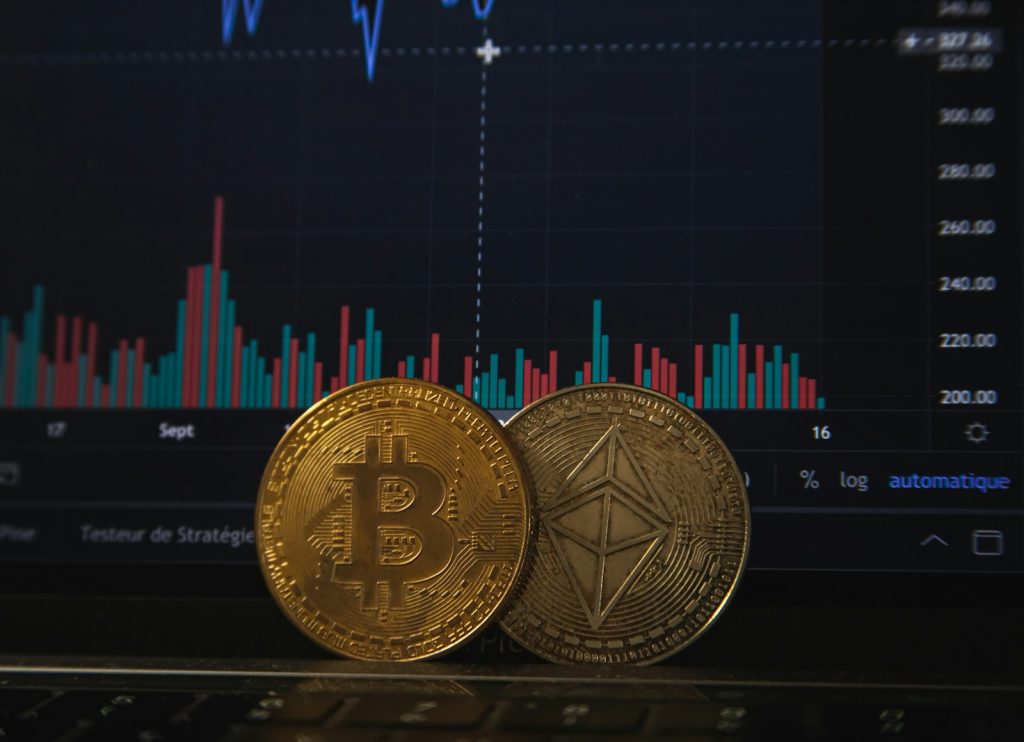What are decentralized applications (DApps) for financial services and why they’re important
Decentralized applications (DApps) are transforming various industries by leveraging blockchain technology to offer services that are secure, transparent, and immutable. In the financial sector, DApps have particularly significant implications, promising to enhance security, efficiency, and trust. This article delves into the development of DApps for financial services, discussing their benefits, challenges, and real-world applications.
Understanding DApps and Blockchain Technology
Decentralized applications (DApps) are software applications that run on a peer-to-peer network of computers rather than a single computer. At the core of DApp development is blockchain technology, which records transactions across several computers so that the record cannot be altered retroactively, without the alteration of all subsequent blocks. This technology ensures data integrity, security, and transparency. In the financial sector, these features address many traditional concerns such as security breaches, fraud, and opaque transactions, making DApps an attractive proposition.
Advantages of DApps in Financial Services
The integration of DApps in financial services brings several advantages. Firstly, the decentralized nature of blockchain significantly enhances security and minimizes the risk of fraud since there is no central point of failure. Secondly, all transactions on a blockchain are immutable and transparent, which builds trust among users. Finally, DApps can reduce operational costs by eliminating intermediaries such as banks and payment processors, and by automating transactions using smart contracts, further streamlining financial operations.
Challenges in Developing DApps for Financial Services
Despite their potential, developing DApps for financial services is not without challenges. From a technical standpoint, issues such as scalability, interoperability between different blockchain platforms, and maintaining an intuitive user experience can hinder adoption. Moreover, regulatory challenges are also significant, as DApp developers must ensure their applications comply with financial laws and regulations, which can vary widely between jurisdictions and are often still evolving in response to new technology.
Real-World Applications and Case Studies
Several DApps have already made significant inroads in the financial sector. Decentralized exchanges (DEXs) allow for the trading of cryptocurrencies and tokens without the need for a central authority, while platforms like MakerDAO enable users to lend and borrow cryptocurrencies with stable interest rates. These examples demonstrate not only the applicability of DApps in finance but also highlight the benefits such as increased access to financial services and reduced costs.
Conclusion
Decentralized applications hold great promise for revolutionizing financial services. By offering solutions that are secure, transparent, and efficient, they can address many of the limitations of traditional financial systems. As the technology matures and more players enter the field, the continued evolution and integration of DApps in finance seem not only inevitable but highly beneficial.



